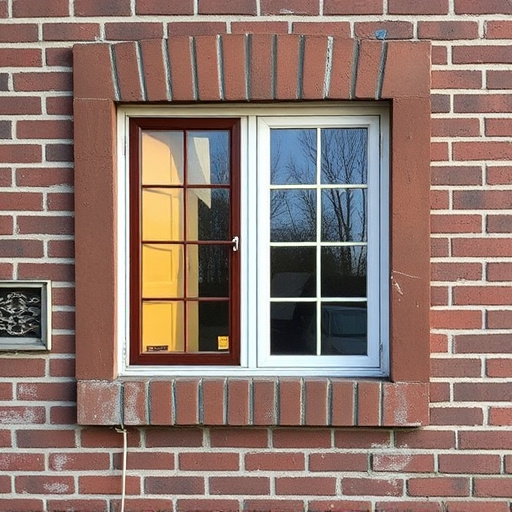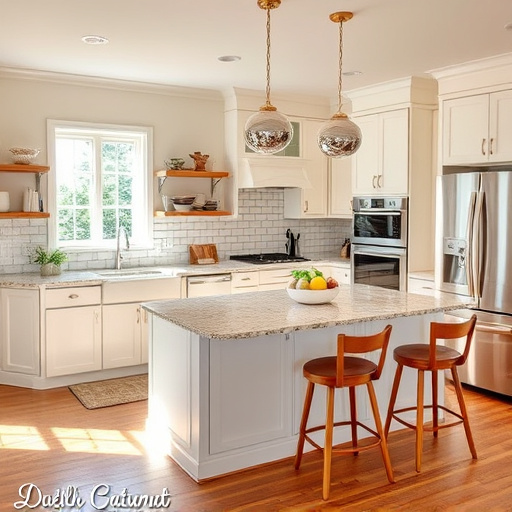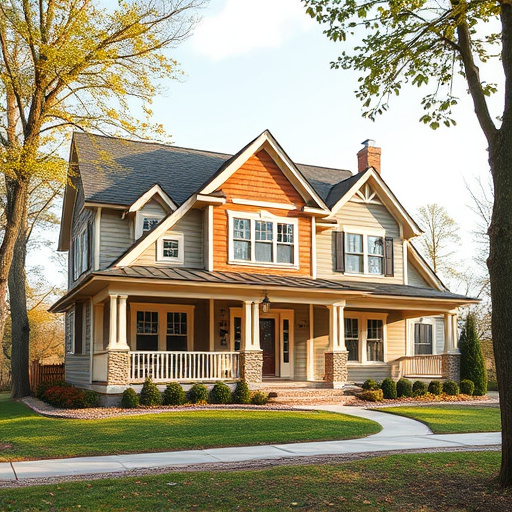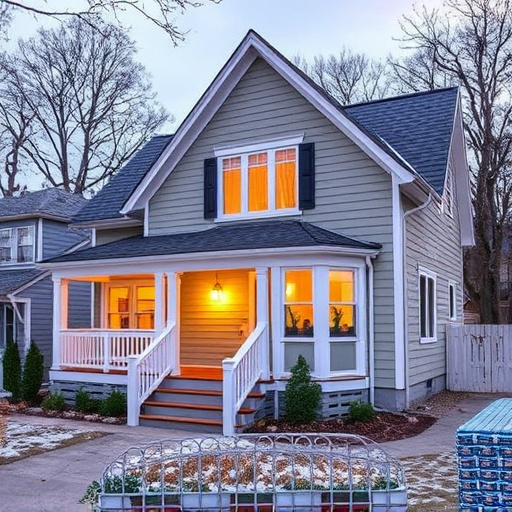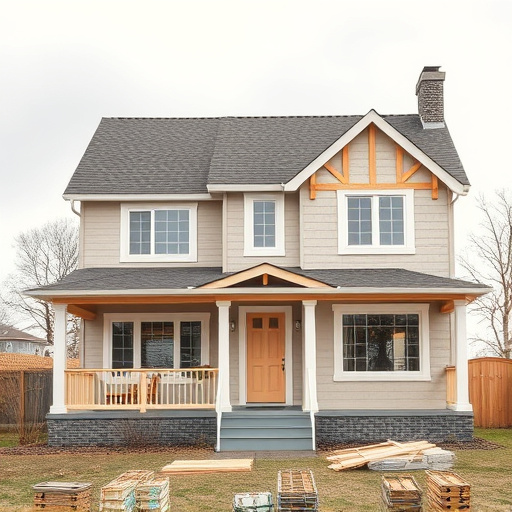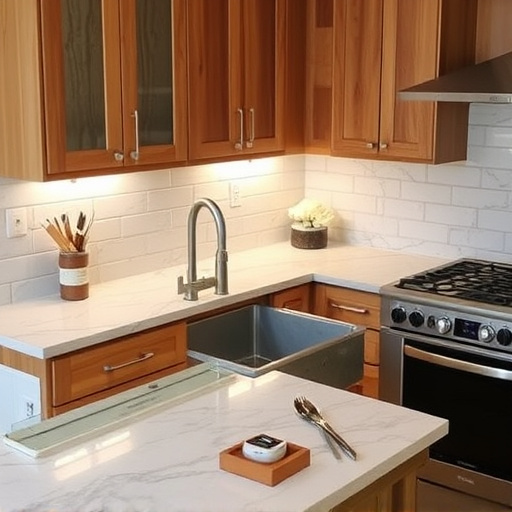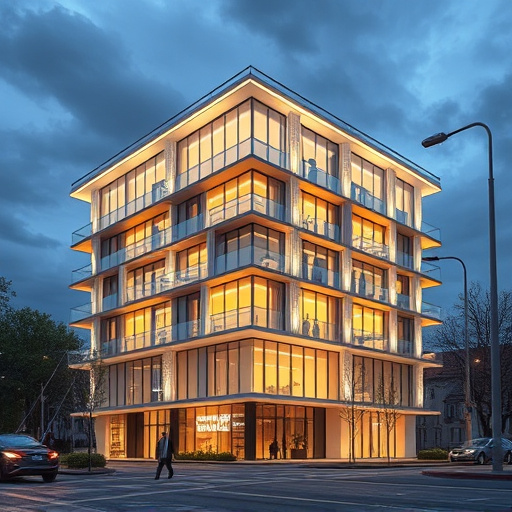Open concept interior designs offer a key advantage for entertaining by creating seamless space flow between living, dining, and kitchen areas. This design promotes easy movement for guests and access to various gathering points for hosts. Balancing open spaces with enclosed sanctuaries provides privacy during bustling events. Blending styles allows versatile hosting from intimate gatherings to large parties, with customizable features facilitating dynamic reconfiguration.
In the realm of house design, entertaining spaces have evolved, offering a choice between open and closed layouts. Open concept interiors, characterized by flowing areas, foster social connections and create a vibrant atmosphere, while dedicated, closed spaces provide intimacy and privacy. This article explores these contrasting approaches, guiding you through interior designs that balance both. From the warmth of defined zones to the versatility of blended styles, discover how your home can accommodate every guest and occasion.
- Balancing Flow: Open Concept Spaces
- Intimacy and Privacy: The Power of Closed Areas
- Blending Styles: Creating Versatile Entertainment Zones
Balancing Flow: Open Concept Spaces
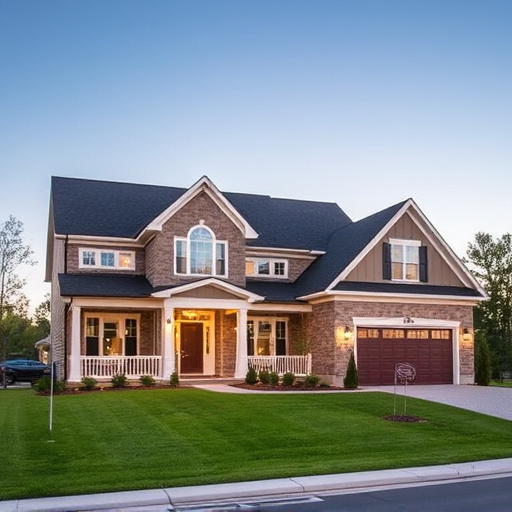
In contemporary interior designs, balancing flow through open concept spaces has become a hallmark for entertaining. This design choice encourages seamless movement between different areas of the home, creating an expansive atmosphere that facilitates both casual gatherings and formal events. Living rooms, kitchens, and dining areas blend together, allowing guests to roam freely while hosts can easily mingle and manage various aspects of the gathering. Open concepts also maximize natural light, enhancing the overall ambiance and making spaces feel more welcoming.
For those considering home improvements such as kitchen remodels or home additions, adopting an open concept layout offers significant advantages. It not only enhances functionality by eliminating barriers but also creates opportunities for creativity in design. Whether it’s a stylish island in the center of the kitchen or an extended dining area off the living room, these open spaces cater to various entertaining needs while ensuring guests enjoy a harmonious and inviting environment.
Intimacy and Privacy: The Power of Closed Areas
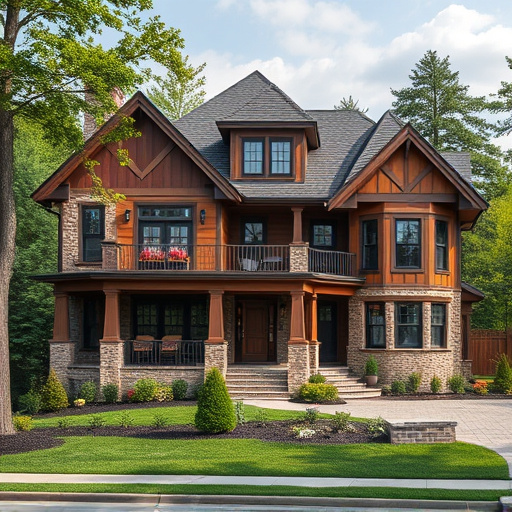
In the realm of house design for entertaining, creating a balance between openness and closed areas is key to fostering both intimate moments and grand gatherings. While open-concept living has its allure, offering a seamless flow of space that’s perfect for bustling get-togethers, it doesn’t always cater to the need for privacy. This is where strategic placement of enclosed spaces becomes crucial. A well-designed den or library, for instance, can provide a quiet retreat from the hustle and bustle of entertaining areas like the kitchen and bath. These closed spaces allow guests to unwind, engage in personal conversations, or simply enjoy some much-needed alone time during whole house remodels.
In interior designs that prioritize intimacy, these private sanctuaries create a sense of coziness and security, offering a stark contrast to the expansive, social zones. This separation ensures that everyone can experience the event on their terms—some in the thick of the action, others in peaceful solitude. Thus, by incorporating both open and closed spaces, homeowners can transform their residences into versatile settings for various types of entertaining, catering to every guest’s preference.
Blending Styles: Creating Versatile Entertainment Zones
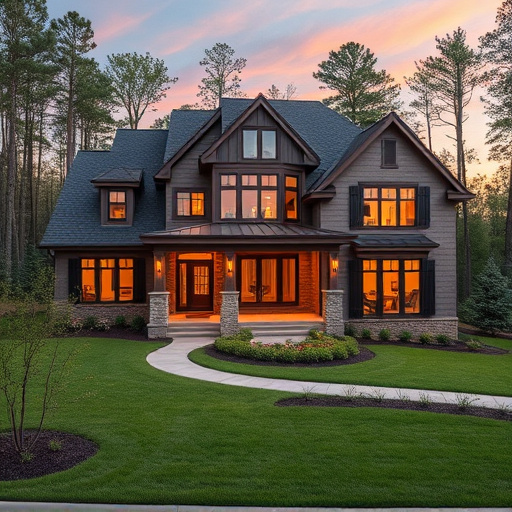
When considering house design for entertaining, blending styles creates versatile entertainment zones that cater to diverse needs. Interior designs that seamlessly integrate multiple aesthetics allow for dynamic hosting, accommodating both intimate gatherings and large parties. For instance, a modern living area with contemporary furniture can be transformed into a cozy movie night spot with the addition of plush sofas and a media console, while still serving as a stylish gathering space for casual conversations and board games.
This versatility is equally achievable in kitchen remodels through customizable work. Open-concept layouts that blend dining and cooking areas encourage social interactions during meal preparation, fostering a convivial atmosphere. Customized features such as island benches or built-in bars enable easy reconfiguration for various entertainment scenarios, ensuring your home is prepared to host any occasion.
In the world of interior designs, finding the perfect balance between open concept spaces for seamless flow and closed areas for intimacy is key to creating functional entertainment zones. By understanding and blending these contrasting elements, homeowners can design versatile living spaces that cater to various gatherings, ensuring every guest feels both welcomed and comfortable. This thoughtful approach to house design not only enhances overall livability but also provides a dynamic backdrop for memorable events.





